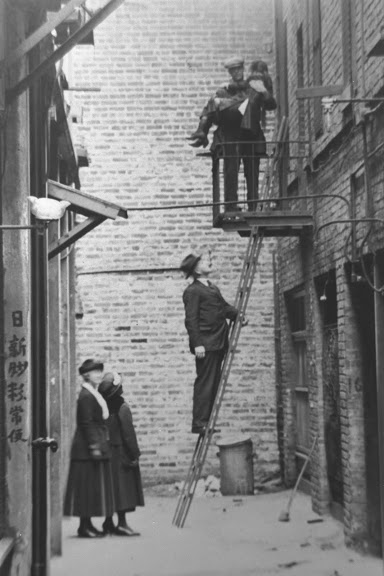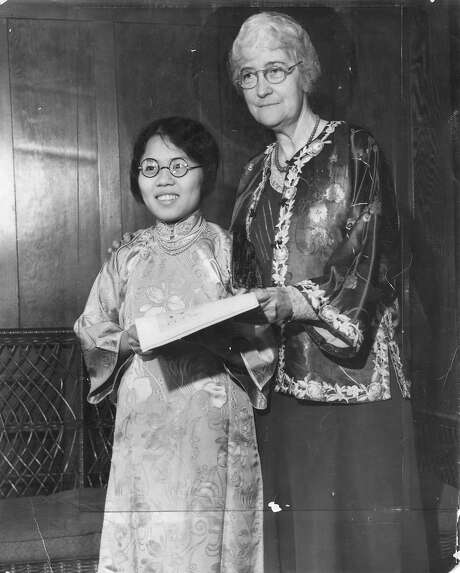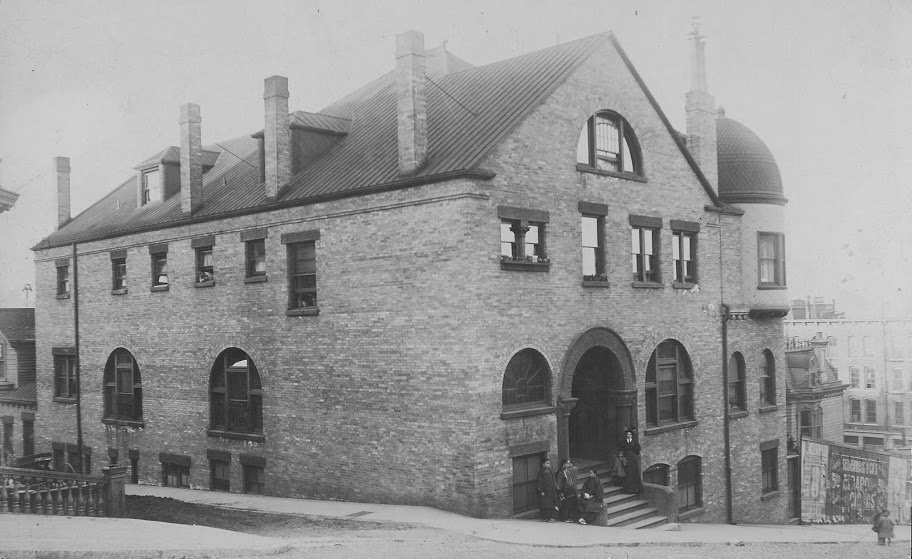Oldest of the trans-Sierra emigrant trails to California is spectacular Sonora Pass crossed by Highway 108, second highest (9,626 ft.) of all the highway crossings of the range. It is lower by 321 ft. than Tioga Pass to the south, the pass that goes through Yosemite National Park.
It
just so happens State Route 108 which reaches its highest elevation at Sonora
Pass is one of the closest Sierra-Nevada Mountains crossings to where I live. (The
other is Tioga Pass.) Many times I have driven this pass to the mountain towns
on the west side of the summit. Several times I have driven over Sonora Pass on
my way to Bridgeport in Mono County. The road is extremely winding and steep on
the east side.
Some
of what makes crossing the Sierra-Nevada Mountain range so treacherous is it is
a steep range. It rises quickly from the Central Valley, most of which is under
1,000 feet above sea level to heights of almost 10,000 feet above sea level. As
steep as it is on the west side, the drop on the east side into the Mono Basin and Owens Valley is even steeper.
About
twenty years ago my husband and I drove a 3-cylinder Diahatsu over Sonora Pass
to Bridgeport. That night it snowed. Although the roads were clear by the time
we decided to return home, on the way back, the car could not build up enough
power to drive up the steepest parts of the road east of Sonora Pass. Fearing Tioga
Pass was already closed for the winter snow season, we drove north to Carson
Pass to get on the west side of the mountain range. Such has been my experience
with driving Sonora Pass even in these modern times.
Donner
Pass to the north is probably the most famous due to the tragedy that took
place there. However, Sonora Pass was also an early pass attempted by explorers
seeking the best crossing from the Great Basin of Nevada to the fertile lands
of California west of the Sierra-Nevada Mountains.
 |
| Plaque at Sonora Pass Summit |
The
first documented immigrant traverse of Sonora Pass appears to have been in the
late summer of 1852 by a wagon train known as the Clark-Skidmore Company which
made it to Columbia in Tuolumne County. Once they arrived, Sonora citizens sent a
delegation in 1853 to divert emigrants from the more northerly routes leading
to Sacramento. The wagon train of William Duckwall and George Trahern
were persuaded to follow this route, struggling over boulders and
precipices. They lost cattle and some wagons but reached Relief Camp where
Sonorans had provisions for sale at Relief Camp for the many pioneer parties
that were soon winding down the mountains. By 1853, several thousand
emigrants had followed the route.
"Grizzly"
Adams took the trail over Sonora Pass in April, 1854, and reported “On all
sides lay old axle-trees and wheels....melancholy evidence of the last season's
disasters."
By 1855, the original Walker River Trail had been
abandoned as a wagon route. A new route eliminated the old emigrant
trail. The new trail followed more closely the present route of Highway
108.
 |
| Evening at Blue Lake near Sonora Pass - Ctsy Jeff P., Berkeley, CA, USA |
My Independence Day 1881 –
Zina Abbott’s Sweethearts of Jubilee Springs is available both as an ebook and in print on
Amazon. If you have a Kindle Unlimited account and have not yet read all three
of my first three books in the Sweethearts of Jubilee Springs series, this book containing three novellas will count as one
book on your KU queue. You may find the book description and purchase link by CLICKING HERE.
Sources:
Plaque
dedicated September 10, 1983; Bodie chapter No. 6 for Matuca chapter No. 1849, E clampus vitus
https://tchistory.org/TCHISTORY/Wonders_17.htmWikipedia
https://tchistory.org/TCHISTORY/Wonders_17.htmWikipedia
































